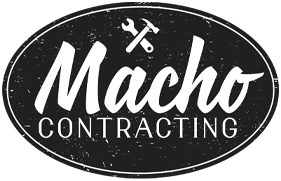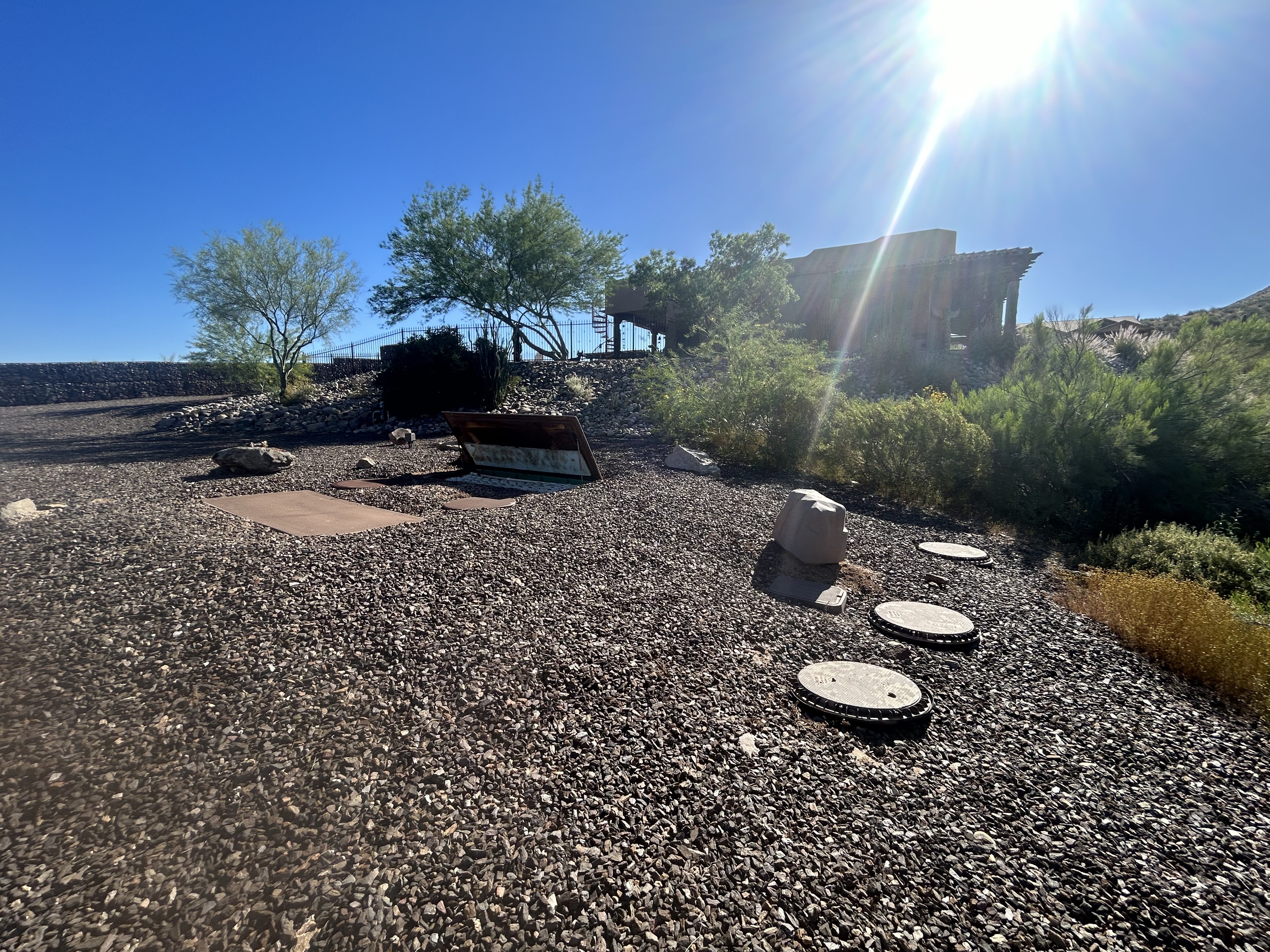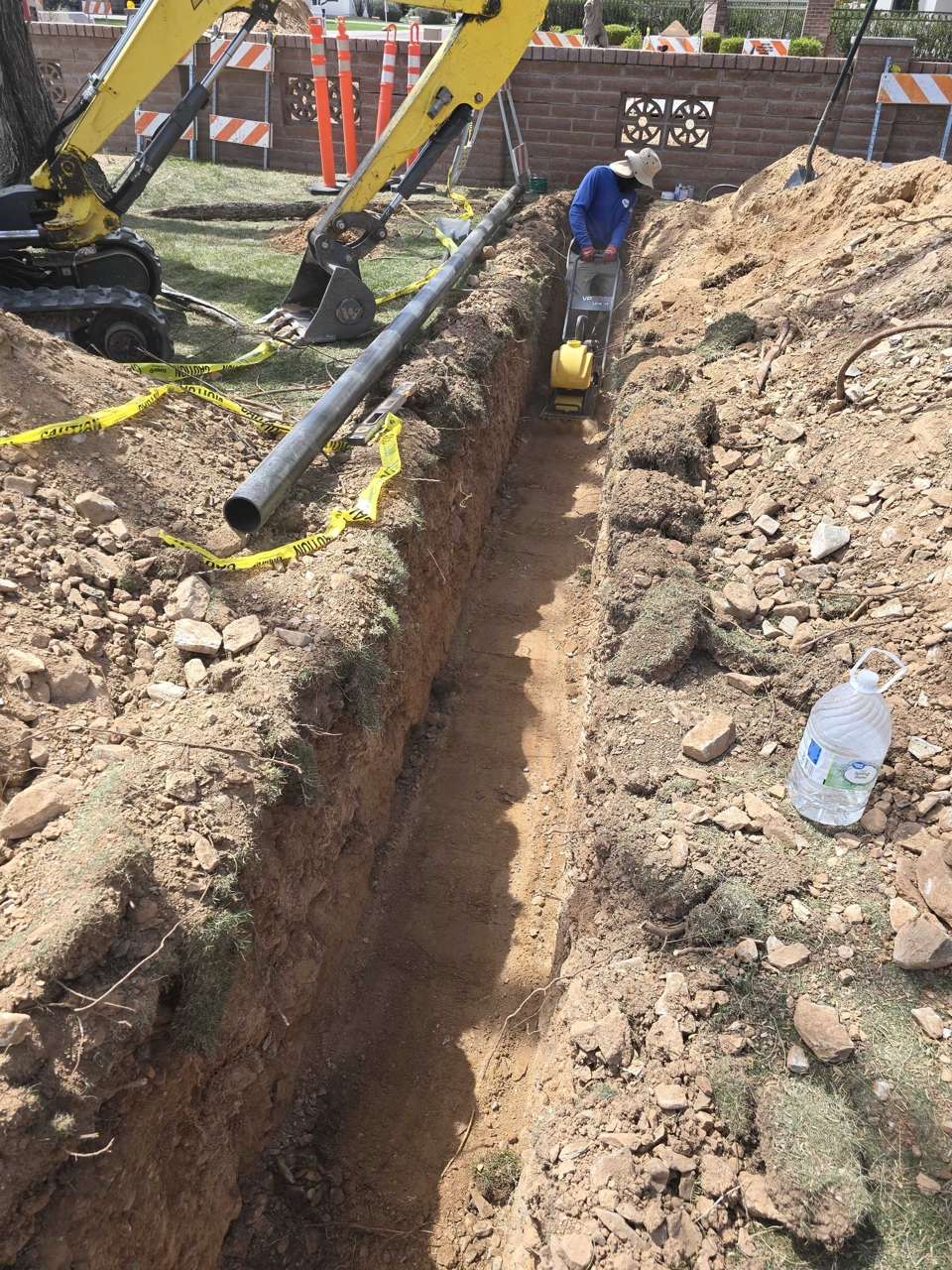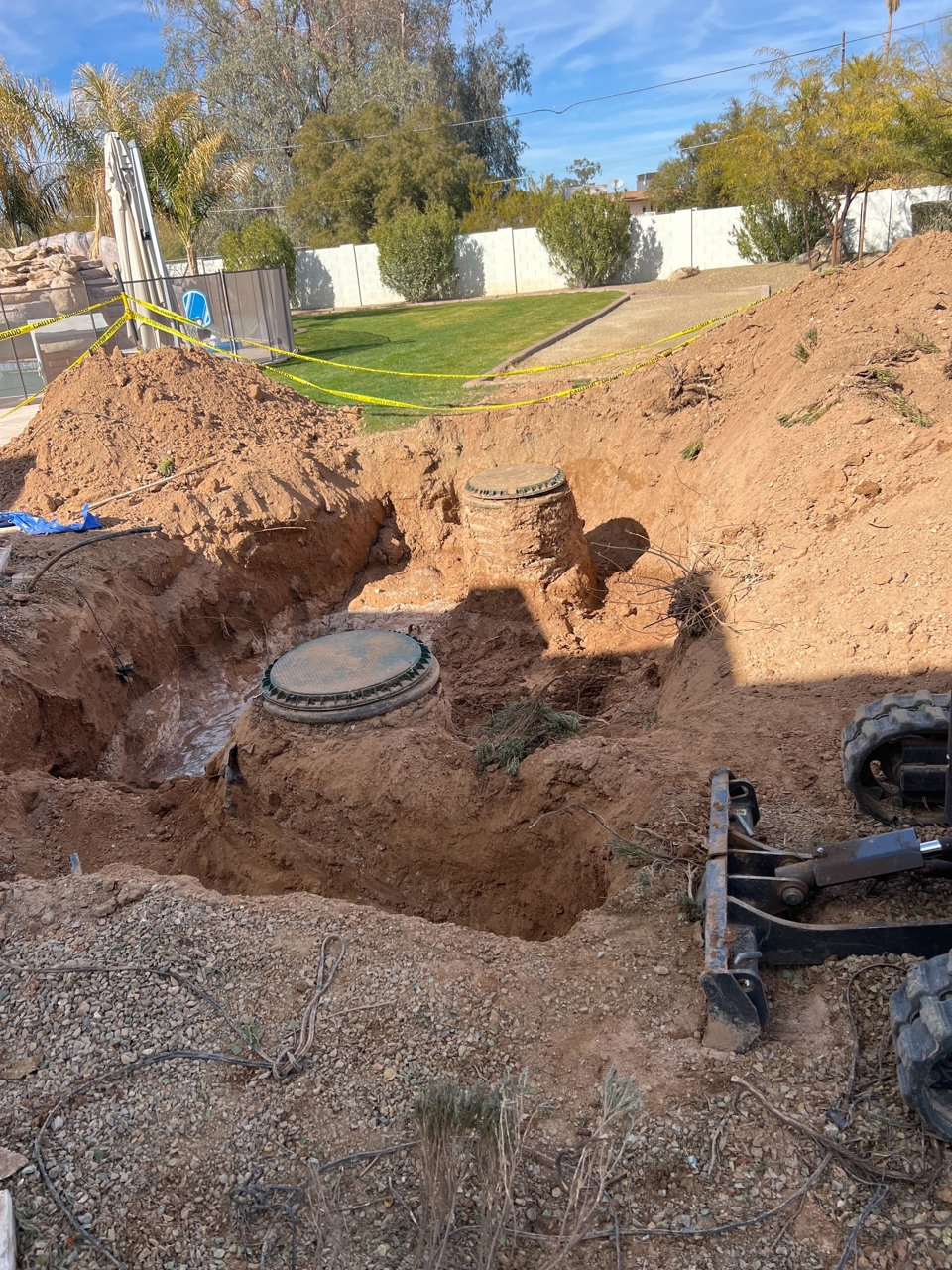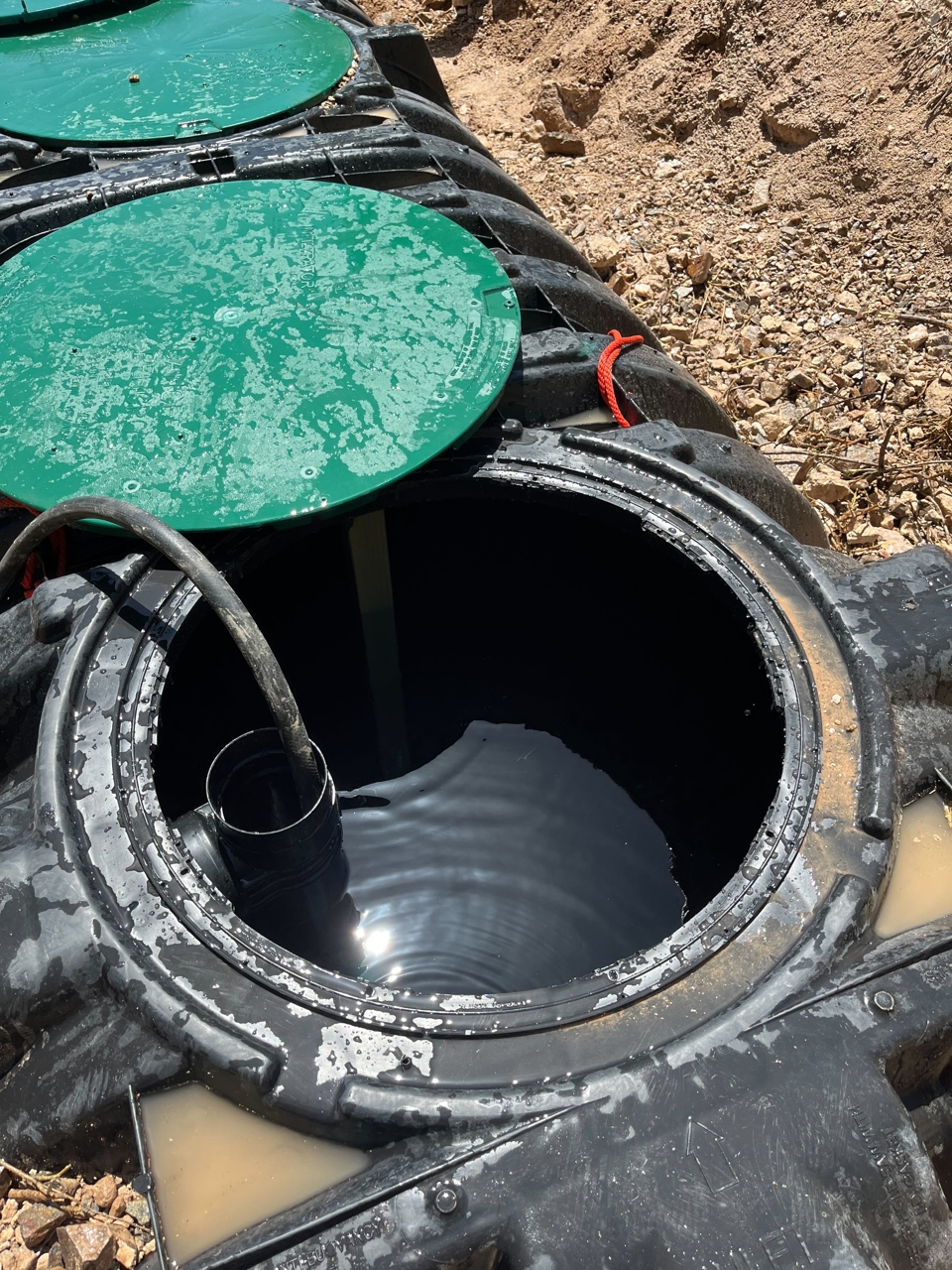When it comes to onsite wastewater treatment, not all septic systems are created equal. While most people are familiar with the standard or “conventional” septic system, there are situations where that setup simply won’t work. In those cases, an “alternative” system is used.
Understanding the difference between these two systems is key—especially if you’re building on challenging terrain, buying a home with a septic system, or dealing with failing components.
What Is a Conventional Septic System?
A conventional system is the most common and widely used type of septic system, especially in rural or suburban areas. It typically consists of:
A septic tank, which holds wastewater from your home and separates solids from liquids.
A drain field (also called a leach field), where the liquid wastewater (effluent) is distributed into the soil for natural treatment and absorption.
This setup relies on gravity and suitable soil conditions to filter and treat the effluent. It’s a simple, cost-effective solution—but it only works well under the right environmental conditions.
When a Conventional System Doesn’t Work
Conventional systems are limited by factors like:
Poor or clay-heavy soil that doesn’t drain well
High water tables
Small or sloped lots
Proximity to wells, water bodies, or property lines
In these cases, an alternative septic system may be required.
What Is an Alternative Septic System?
Alternative systems use additional technology or treatment processes to handle wastewater where traditional systems can’t. Some common types include:
Aerobic Treatment Units (ATUs): Add oxygen to the tank to promote bacterial breakdown of waste—great for poor soil or compact spaces.
Mound Systems: Built above ground in a sand or gravel mound when soil is too shallow.
Drip Distribution Systems: Slowly release treated water through drip tubing at shallow depths.
Sand or Media Filters: Use layers of sand or gravel to filter effluent before it reaches the soil.
Pressure Dose Systems: Pump effluent into the drain field in timed doses, helpful for sloped or uneven terrain.
Each system is tailored to the site’s specific limitations and often includes monitoring systems or maintenance requirements.
How Do I Know Which One I Need?
In Arizona, whether your property qualifies for a conventional or alternative system depends on a percolation test, soil evaluations, lot layout, and ADEQ regulations. A certified septic professional—like Macho Contracting—can assess your site and determine what type of system is required.
While conventional systems are tried and true, alternative systems allow more flexibility in design and placement—ensuring that homes in more complex settings can still treat wastewater safely and effectively.
If you’re building, remodeling, or dealing with a septic issue, don’t guess—talk to the pros. Macho Contracting provides expert site assessments, installations, inspections, and repairs to help you choose the best system for your property.

